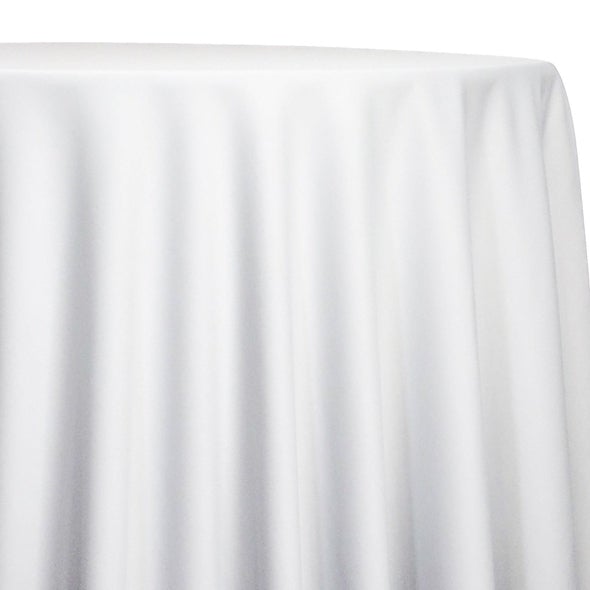Linen Material Technologies: Exploring Modern Trends and Creative Applications in Style and Fabric Sector
From lasting production methods to innovative weaving innovations, the advancement of bed linen is improving the landscape of the textile industry. As we delve into the realms of creative design applications and the emergence of bed linen blends and hybrid fabrics, a new chapter unravels in which bed linen's function in future fabric developments takes facility phase.
Lasting Practices in Linen Production
Lasting methods in linen manufacturing have actually ended up being progressively important in the textile sector's initiatives to reduce ecological effect and promote moral sourcing approaches. Linen, an all-natural fiber stemmed from the flax plant, provides a series of advantages such as durability, biodegradability, and breathability. However, typical techniques of bed linen production can entail considerable water intake, pesticide usage, and energy-intensive processes.
To resolve these difficulties, many fabric manufacturers are embracing sustainable methods throughout the bed linen production procedure. This includes sourcing flax from natural farms that prevent hazardous chemicals and chemicals, implementing water-efficient retting strategies to extract fibers from the flax stalks, and using environmentally friendly dyes and coatings. Additionally, some business are purchasing sustainable power sources to power their manufacturing facilities and lowering waste through recycling and upcycling campaigns.
Technological Innovations in Linen Weaving
With the expanding emphasis on lasting methods in bed linen production, the fabric market is currently experiencing a rise in technical advancements particularly focused on revolutionizing the art of linen weaving. These advancements are reshaping the method bed linen textiles are generated, providing raised efficiency, quality, and imagination in weaving strategies.
One of the key technological improvements in bed linen weaving is the assimilation of computerized looms. These advanced looms are furnished with software program that enables intricate and intricate designs to be woven with accuracy. By digitizing the weaving procedure, suppliers can achieve higher consistency and accuracy in their linen materials.
Moreover, improvements in thread spinning modern technology have actually allowed the manufacturing of finer and even more sturdy bed linen threads - table cloths. This causes softer and smoother bed linen materials that maintain their high quality even after several uses and cleans
Furthermore, the growth of green dyeing processes and coatings for bed linen materials is getting grip. These lasting techniques not just reduce the ecological impact but additionally deal with the boosting customer need for fairly generated textiles.
Creative Layout Applications for Bed Linen
Ingenious imaginative approaches are significantly shaping the innovative layout applications for bed linen in the fabric market. Designers are pushing the limits of standard bed linen usage, exploring its adaptability in numerous applications. One famous trend is the assimilation of linen in lasting style lines, where its eco-friendly residential or commercial properties are highlighted. Linen's natural visual appeal and capability to blend with other materials make it a favored option for producing one-of-a-kind garments and devices that accommodate the eco aware customer.
Additionally, developers are explore linen in home decor, using its breathable and long Learn More lasting nature to craft trendy home furnishings such as curtains, bed linens, and upholstery. The appearance and drape of bed linen bring a feeling of sophistication and convenience to interior spaces, including a touch of sophistication to modern homes.

Bed Linen Blends and Crossbreed Fabrics

Hybrid fabrics, on the other hand, take the principle of mixing an action better by incorporating extra aspects such as metallic threads, recycled materials, or conductive fibers. These cutting-edge fabrics not only expand the layout opportunities yet additionally introduce functional facets like conductivity, antimicrobial properties, or boosted resilience. Hybrid fabrics are increasingly being made use of in different industries, including fashion, indoor design, and technological textiles, where the need for multifunctional products is on the surge.
Linen's Duty in Future Textile Innovations

In the world of future fabric innovations, linen is expected to be a principal in the advancement of sophisticated useful fabrics. Designers and scientists are exploring methods to enhance linen's inherent top qualities with technological improvements, such as incorporating smart fabrics, nanotechnology, and performance coatings. These technologies intend to elevate linen's performance characteristics, making it ideal for a wider array of applications, from activewear to safety clothing.
In addition, the mix of linen with other natural or synthetic fibers opens countless possibilities for producing unique textiles with one-of-a-kind homes and functionalities. By leveraging linen's qualities and checking out cutting-edge blends, the textile sector is poised to present exciting developments that deal with evolving consumer demands and sustainability needs.
Conclusion
To conclude, the exploration of sustainable methods, technological innovations, imaginative style applications, linen blends, and its duty in future textile technologies highlight the constant development of linen material in the modern-day layout and textile sector. With a concentrate on development and imagination, the flexibility and green nature of bed linen make it a useful material for producers and designers alike, leading the way for additional advancements and advancements in the field of fabrics.
As we delve into the worlds of creative layout applications browse around here and the appearance of linen blends and crossbreed materials, a new chapter unravels in which linen's role in future fabric technologies takes facility phase.
Discovering the fusion of bed linen with various other fabrics has actually led to the introduction of cutting-edge blends and hybrid textiles in the modern fabric market. Bed linen blends use a special combination of the features of bed linen with those of various other fibers, resulting in fabrics that have improved residential properties such as increased sturdiness, boosted check my reference draping, and reduced wrinkling.The development of bed linen blends and hybrid materials has established the phase for Bed linen to play a critical role in driving future fabric developments.In the world of future fabric advancements, bed linen is expected to be an essential player in the advancement of advanced practical textiles.